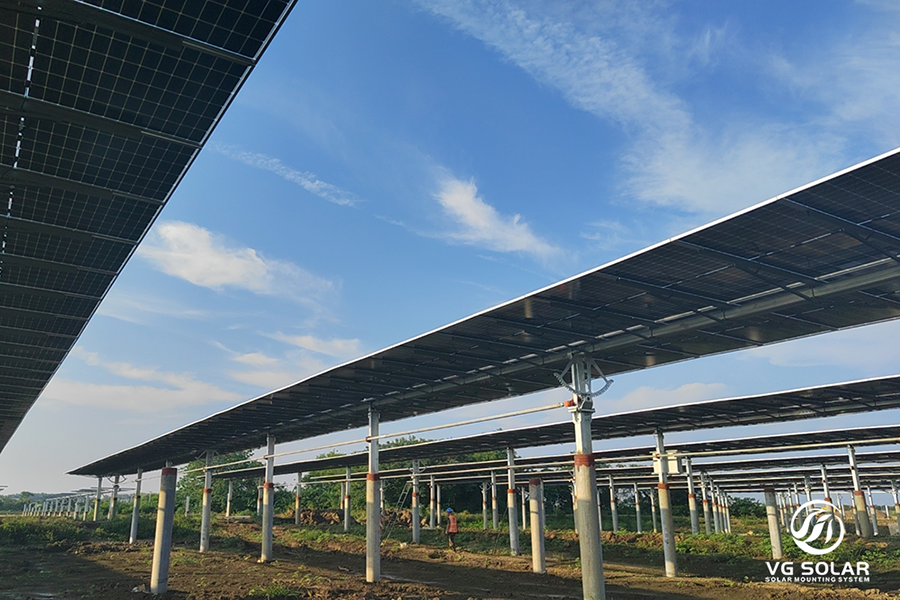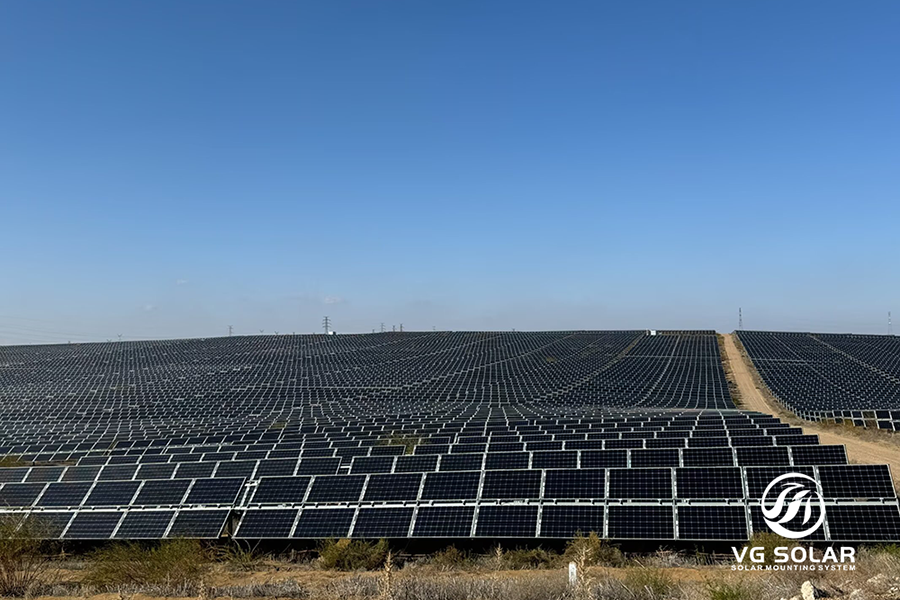In the quest for sustainable energy, photovoltaic (PV) systems have become the leading solution for harnessing solar energy. However, the effectiveness of these systems is greatly affected by the terrain in which they are installed. Customised PV support solutions are essential to overcome the unique challenges posed by complex terrain, especially in special environments such as mountainous areas and deserts. These tailored solutions not only improve energy efficiency, but also help to improve cost effectiveness, making solar energy a viable option in a variety of landscapes.
The topography of PV sites varies widely, presenting unique challenges that require innovative support solutions. In mountainous areas, for example, steep slopes and rocky surfaces can complicate the installation of traditional solar panels. Customised support structures are designed to accommodate these irregularities, ensuring that panels are securely mounted while maximising sunlight. By using adjustable mounting systems, these solutions can be fine-tuned to the specific angles and orientations of the terrain, optimising energy capture throughout the day.

Desert landscapes also present their own challenges. Vast expanses of arid land may seem ideal for solar power generation, but extreme temperatures and shifting sands can hinder the performance of standard photovoltaic systems. Customised mounting solutions for desert terrains often incorporate features such as elevated mounting systems that allow for better airflow and cooling, as well as materials that can withstand harsh environmental conditions. By addressing these factors, solar installations can achieve higher energy yields while minimising maintenance costs.
In addition, the concept of land use complementation is emerging as a means of improving the efficiency of photovoltaic systems. Fisheries photovoltaic complementation and agricultural photovoltaic complementation are two innovative ways of combining solar power generation with existing land use. In fishery photovoltaic systems, solar panels are installed above the water to provide shade for aquatic life and generate electricity at the same time. This dual-use strategy not only maximises land use efficiency, but also helps to reduce evaporation and maintain water temperature, which is beneficial for energy production and fishing yields.

Similarly, agrivoltaic complementation involves the installation of solar panels over crops, allowing food and energy to be grown simultaneously. This approach not only optimises land use, but also provides partial shade for crops, which can enhance growth in certain climates. Customised support solutions for these applications need to consider the height and spacing of solar panels to ensure they do not block sunlight from reaching the crops below. By carefully designing these systems, farmers can enjoy the benefits of renewable energy while maintaining agricultural productivity.
In summary, customised PV support solutions are essential to adapt solar energy systems to complex terrains and specific land uses. By focusing on cost effectiveness and high energy efficiency, these tailored solutions enable the successful deployment of solar technology in challenging environments such as mountains and deserts. In addition, the integration of fisheries and agricultural practices with PV systems illustrates the potential for innovative land use strategies that can increase energy and food production. As the demand for renewable energy continues to grow, the development of tailored support solutions will play a key role in maximising the benefits of solar energy in different landscapes.
Post time: Dec-20-2024
